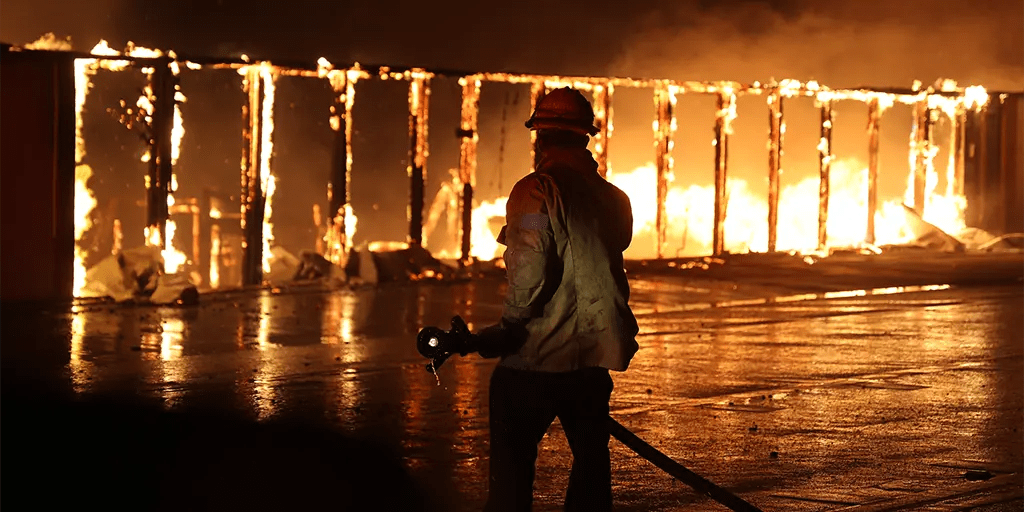
In the hushed darkness of a laboratory, ancient Peruvian tattoos glowed with new life. As lasers swept across the mummified remains of the Chancay people, once-hidden designs — swirling patterns of geometric shapes and animal forms — emerged. These tattoos, etched over 1,000 years ago, offered an intimate glimpse into the artistic and cultural prowess of a pre-Hispanic civilization that flourished along the Peruvian coast.
Using a cutting-edge technique called laser-stimulated fluorescence (LSF), researchers uncovered details that had been obscured for centuries by time and decay. The tattoos’ lines, some as fine as 0.1 millimeters, are surprisingly narrower than those made by modern tattoo needles.
“We were shocked by just how fine the tattoo lines were in our LSF images,” said Michael Pittman, lead author of the study and a paleobiologist at the Chinese University of Hong Kong. “We immediately knew that what we were seeing was special.”
Ancient Masterpieces Under the Skin

The Chancay culture, which thrived from A.D. 900 to 1500 in modern-day Peru, was already celebrated for its craftsmanship, seen in its textiles, pottery, and now, its tattoos. The designs revealed by LSF included intricate geometric patterns resembling scales, vines, and even a mysterious animal with a curled tail. These tattoos likely held deep cultural and perhaps spiritual meaning. They may even have had therapeutic purposes — similar to the tattoos of Ötzi, the 5,300-year-old European “Iceman,” which researchers believe were used for pain relief.
Researchers analyzed over 100 mummified specimens from the Chancay culture. Among these, only a limited number revealed intricate tattoos with fine details, while most had more amorphous or poorly defined designs.
The mummies are approximately 800 years old, dating back to between 1222 and 1282 AD, as determined through radiocarbon dating. This places them squarely within the Middle Horizon to Late Horizon periods of pre-Columbian Peru.

For the Chancay, tattooing was an art form interwoven with their broader artistic traditions. The geometric patterns on their skin echoed motifs found on pottery and textiles. “Even some of their pottery human figures depict tattoo designs!” Pittman noted. The fine detail of the tattoos, surpassing any other Chancay artwork, suggests they were created with exceptional skill.
Not all mummified individuals bore these elaborate designs, suggesting tattoos were likely reserved for a specific subset of the population. Could they have denoted social status, spiritual beliefs, or rites of passage? The answer remains elusive, but this study lays the groundwork for future investigations.
Shedding Light on Ancient Tattoos
Tattooing is a practice as old as human history. Yet, the ravages of time often obscure these ancient designs, leaving researchers to work with blurred and degraded remnants. Traditional imaging methods like infrared light have provided some clarity, but they fall short in capturing fine details.
LSF imaging has long been used to study fossils, but this study marks its first application to ancient tattoos. The technique works by targeting the ink with a 405-nanometer laser that makes the skin fluoresce. In this case, the glow revealed tattoo details buried under ink bleed and centuries of decay.
“By using laser light to penetrate the skin, we were able to see past the ink bleed that had accumulated during the life of the tattooed individuals,” Pittman explained. This allowed the team to reconstruct the tattoos’ original designs with unprecedented precision.
The tattoos were likely made with punctures from fine tools, such as cactus needles or sharpened bones.
This study is only the beginning. Researchers hope LSF will unlock secrets from other tattooed mummies around the globe. As Pittman put it, “Hopefully, we can push back the complexity of ancient tattoos even further back in time.”
The findings were reported in the journal PNAS.







Leave a Comment